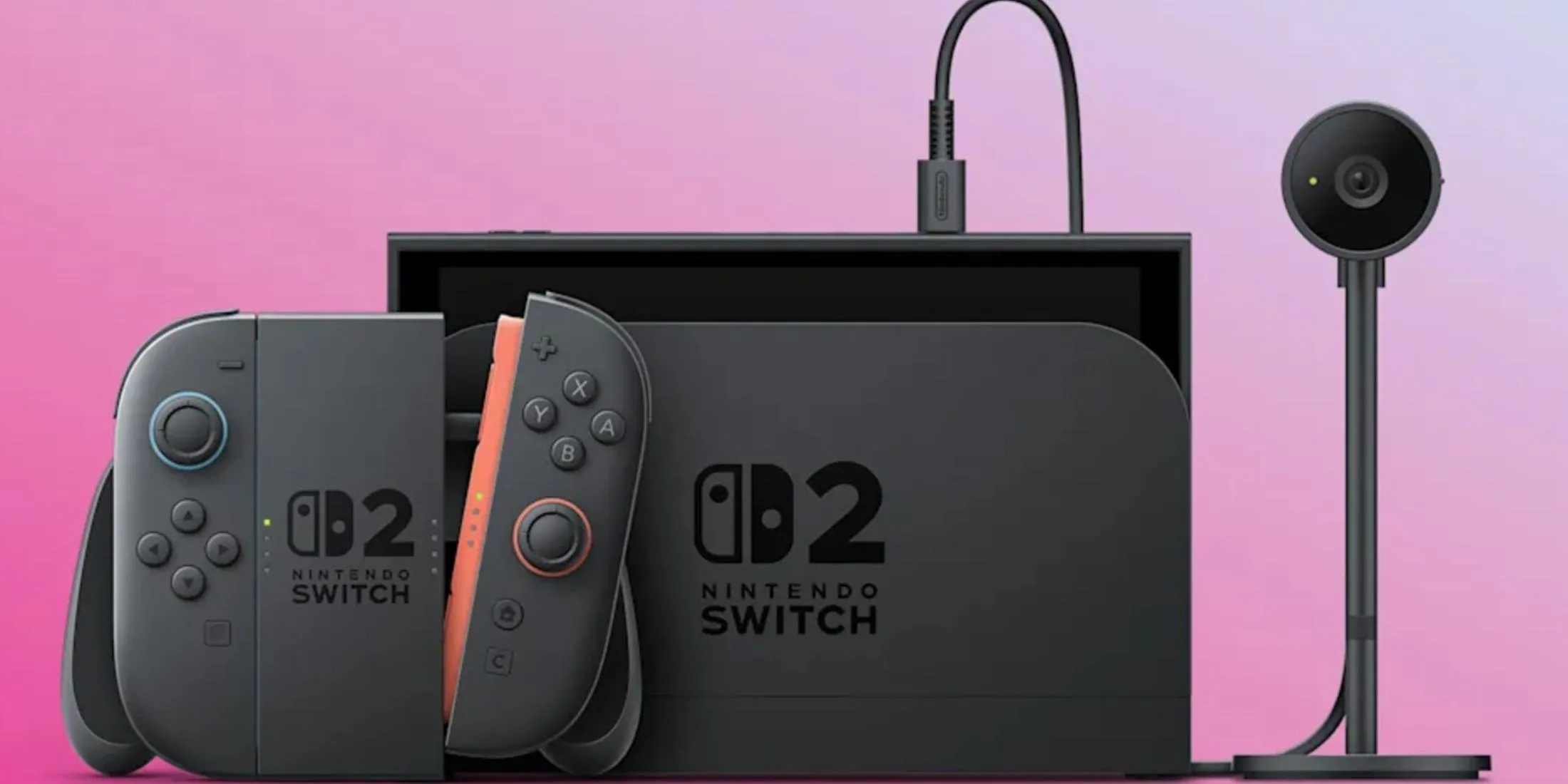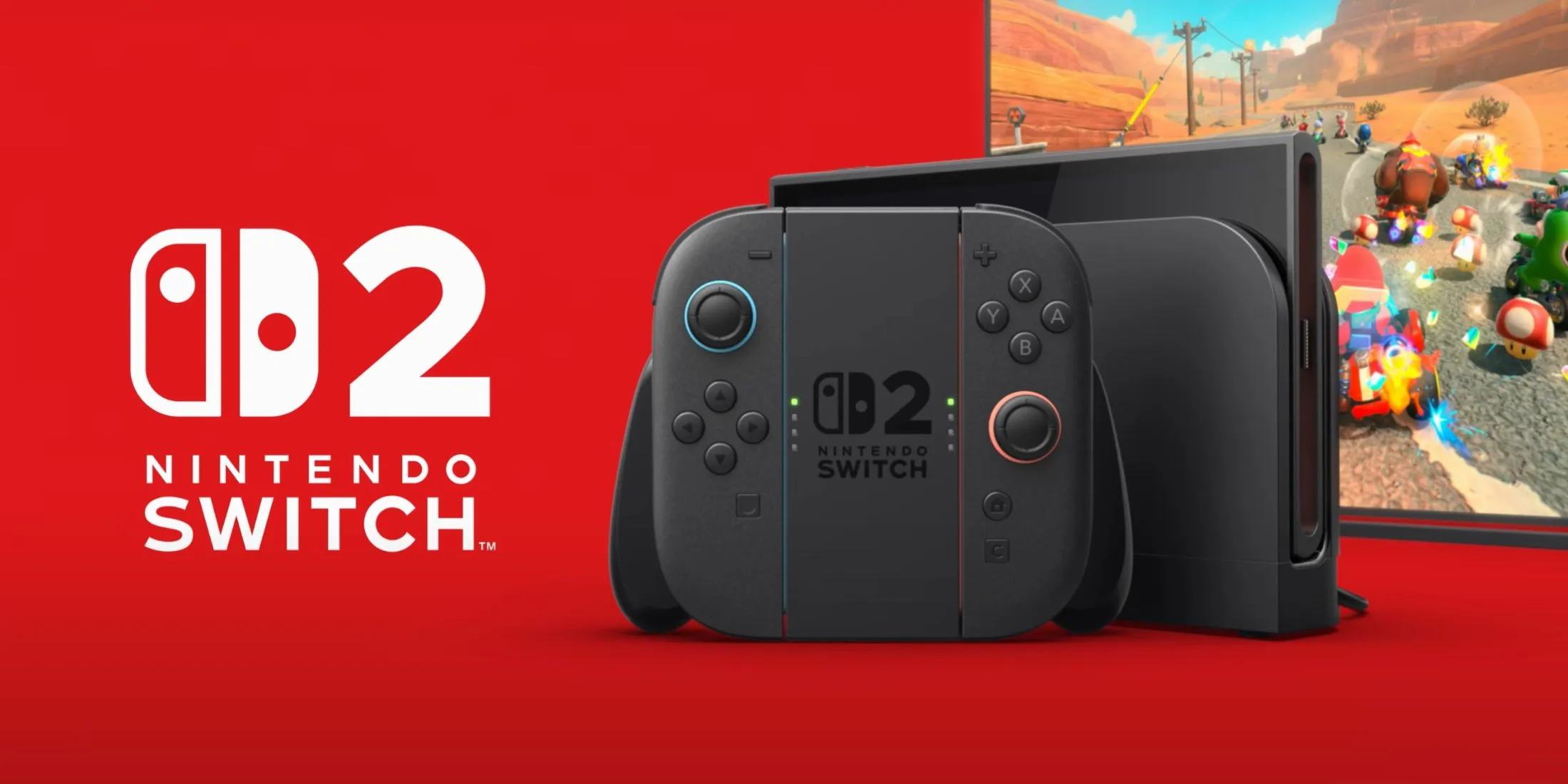Overview of Nintendo Switch 2 Launch
- Launch date set for June 5, but no achievement system will be included.
- This absence of achievements, while disappointing, aligns with past Nintendo practices.
- US fans are eagerly awaiting news on pre-order availability for the Switch 2.
The highly anticipated Nintendo Switch 2 is poised to release on June 5, yet one notable feature is missing: a system-wide achievement system. In a recent interview with Polygon, Nintendo confirmed that although individual games may offer in-game achievements, there will be no overarching trophy system akin to those found on platforms like Steam, Xbox, or PlayStation.
No Achievements for Nintendo Switch 2
This decision may come as a letdown for achievement enthusiasts, but for many veteran Nintendo supporters, this outcome is unsurprising. Historically, Nintendo consoles—including the Wii, Wii U, and the original Switch—have not included a formal achievement or trophy feature. This trend reflects Nintendo’s distinct focus on gameplay experience over such additional incentives.





While the absence of achievements will likely affect how some gamers choose their platforms for multi-title releases, others might remain unaffected. Indeed, there is still a considerable audience that prioritizes gameplay and content quality over an achievement framework.
Further complicating the release landscape, Nintendo’s latest announcements have sparked controversy over game pricing, especially concerning titles like Mario Kart World, which is priced at $80 digitally and $90 for the physical version. Additionally, the Switch 2 Welcome Tour—intended as an introductory tutorial to the system’s features—is being marketed as a paid digital title rather than a complimentary addition, which has irked many consumers.
Looking ahead, potential buyers should remain cautious, as recent regulatory tariffs could lead to increased prices for the Switch 2. Nintendo has postponed the pre-order window from its initial April 9 date to an unspecified time, allowing the company to evaluate the tariffs’ effects on pricing structures. As such, future cost adjustments seem plausible.


